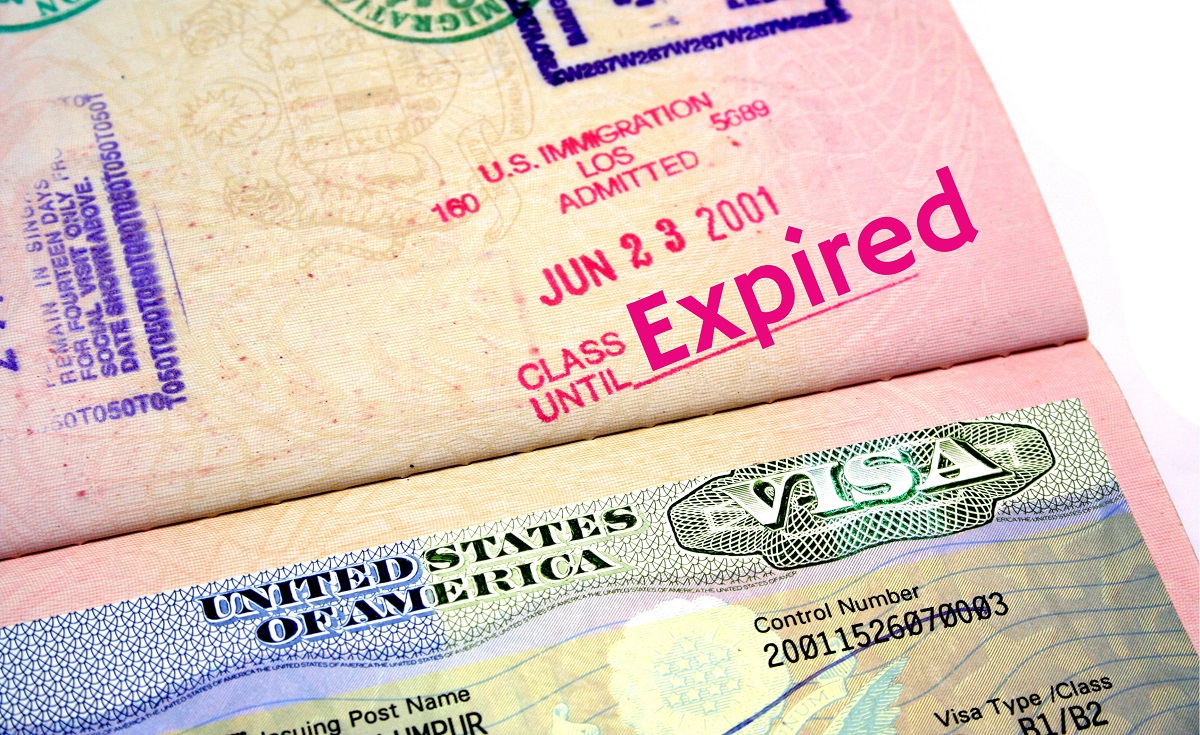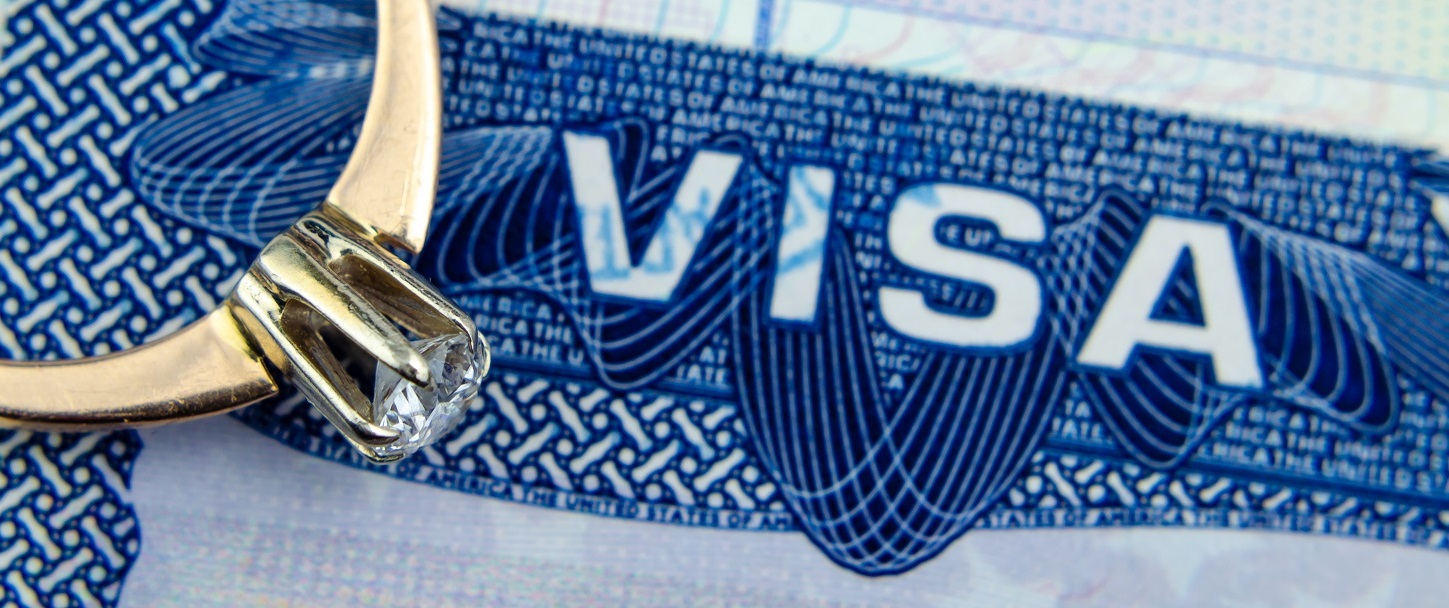
The journey to obtaining a marriage green card can be both exciting and challenging. If you're married to a U.S. citizen or a lawful permanent resident, you might be eligible for a green card, allowing you to live and work in the United States. This process, however, involves several steps and a good amount of paperwork. In this guide, we’ll walk you through everything you need to know to successfully navigate the marriage green card process.
What is a marriage green card?
Who is eligible to get a green card through marriage?
Can I adjust status or must I apply through the embassy?
How do I apply for a marriage green card through adjustment of status?
How do I apply for a marriage green card through consular processing?
What if I am undocumented?
Is a green card available for fiancés?
Can same-sex couples get a green card through marriage?
What if I have more questions?
Marriage Green Card, Explained
A marriage green card is just another way to describe an immigration status, lawful permanent resident, acquired through marriage. The status allows the spouse of a U.S. citizen or green card holder to live and work anywhere in the United States. Once granted, the spouse may travel, work, and reside in the U.S. without the need for additional visas or permits.
Obtaining a marriage green card is an essential step for many couples who want to establish a life together in the United States. But the process can be complex and time-consuming, especially if you're unfamiliar with U.S. immigration laws.
Determine Your Eligibility for a Green Card through Marriage
The first step in the marriage green card process is determining whether you and your spouse are eligible. You must have a bona fide marriage which is legally valid. Additionally, you must not be inadmissible to the United States. Let's unpack those three requirements in more detail:
Valid Marriage
You must be legally married to a U.S. citizen or lawful permanent resident. The marriage must be valid under the laws of the country where it took place. USCIS will honor marriages outside the United States as long as it was a legal marriage in the jurisdiction where it took place. Additionally, the couple must consummate the marriage after the legal ceremony. For more information, learn what makes a marriage valid for immigration purposes.
Bona Fide Relationship
A green card through marriage is one of the quickest paths to becoming a permanent resident in the United States. Consequently, the marriage green card process has been prone to fraud by certain individuals that fake a marriage in order to gain immigration benefits. Therefore, getting a green card through marriage is closely scrutinized by USCIS. As a part of the application process, you’ll need to prove that you have a real, bona fide marriage.
Anybody can get a marriage certificate. USCIS will need evidence that your marriage is the real thing. Therefore, it will be necessary to submit evidence that you and your spouse have a genuine, bona fide marriage. For a couple that has lived together for several years will generally be expected to have more evidence (e.g. combined finances, property, children, etc.) versus a newly married couple who has been forced to live apart. Get suggestions for evidence to meet this requirement in our article about evidence of bona fide marriage.
Admissibility
Immigration officials check every green card applicant for inadmissibility before entering the United States. If the applicant is already physically present in the U.S., they are still checked for inadmissibility before being admitted as a permanent resident. Individuals with a history of criminal or terrorist activities, drug abuse, infectious medical problems, or certain other characteristics will generally not be allowed to enter the U.S. For a more in-depth look at this requirement, see the grounds of inadmissibility.
Consular Processing vs Adjustment of Status
Next, you’ll need to determine if you will apply for a marriage green card via consular processing or adjustment of status. Consular processing refers to the application process through a U.S. embassy or consulate abroad. However, individuals who are physically present inside the U.S. through a lawful entry may be able to adjust status to permanent resident. Not everyone has a choice.
Adjustment of Status
Certain individuals who are already inside the United States may be able to apply for the marriage green card without leaving. Adjustment of status is the process of applying for permanent residence from within the United States. However, this benefit is only available to those who have an immigrant visa immediately available to them. The spouse of a U.S. citizen always has a visa available. That’s because they are in the immediate relative category. At the time of writing this article, spouses of permanent residents are not in a current category. Therefore, they do not have an immigrant visa immediately available. (However, this could change in the future if the visa backlog improves.)
Consular Processing
Applicants who cannot adjust status as described above will apply for permanent residence through consular processing. This is the process of applying for a green card outside the United States. It’s the more common path for most immigrants. You apply, interview at a U.S. embassy or consulate, and then enter the United States with green card status.
Marriage Green Card via Adjustment of Status
If you are already in the United States, you may be able to adjust status. This enables you to apply for the marriage green card without leaving. Additionally, you apply for employment authorization and travel authorization while waiting for the green card.
Application Process
When adjusting status, the applicant will usually submit all forms concurrently (at the same time). The typical adjustment of status package for a marriage green card includes the following government forms:
- I-485, Application to Register Permanent Residence or Adjust Status
- I-130, Petition for Alien Relative
- I-130A, Supplemental Information for Spouse Beneficiary
- I-864, Affidavit of Support
- I-693, Report of Medical Examination and Vaccination Record
- I-765, Application for Employment Authorization (optional)
- I-131, Application for Travel Document (optional)
When you use CitizenPath, we’ll help you confirm eligibility before you purchase our service or pay government fees. If you’re ready to get started, begin the Adjustment of Status Package. Our software confirms eligibility, prepares the necessary forms and generates a checklist of supporting documents.
Marriage Green Card via Consular Processing
Many spouses are not able to adjust status, and the consular processing path must be used to obtain the marriage green card. Unfortunately, this path does result in more separation. That’s why unnecessary delays are unacceptable for most couples, and submitting a problem-free petition package is extremely important.
Application Process
When using consular processing, the U.S. citizen or lawful permanent resident must file a petition before the marriage green card application may be filed. The typical immigrant visa petition package for a marriage green card includes the following government forms:
Later, once USCIS approves the petition, the National Visa Center will request forms such as I-864, Affidavit of Support and the DS-260. The DS-260 is the actual green card application.
Again, CitizenPath can help you confirm eligibility before you purchase our service or pay government fees. If you’re ready to get started, begin the Immigrant Visa Petition Package. The online service helps you confirm eligibility, prepare the necessary forms and generate a checklist of supporting documents.
Helping an Undocumented Spouse Acquire a Green Card
In many scenarios, undocumented spouses can also obtain a green card through marriage. The degree of difficulty is highly dependent on how the undocumented spouse entered the United States. There is an important distinction between those that initially entered legally and those that never had a lawful admission to the U.S. As long as the foreign spouse entered lawfully, they can generally adjust status to a permanent resident.
Entered the U.S. without any visa
A person that has entered the U.S. without inspection is generally considered to be unlawfully in the U.S. and classified as “entered without inspection.” Persons that have entered without inspection typically snuck across the border or entered through a border crossing but avoided inspection (i.e. hiding in a car). Even if the individual entered without inspection as a young child, they do not have a lawful entry for the purposes of adjusting status.
Departing and re-entering is also often problematic. Once an undocumented immigrant stays for more than six months and then leaves, they trigger a 3- or 10-year bar on reentry. This is a major obstacle that may require the undocumented immigrant to submit a Form I-601A provisional waiver application to USCIS before departing the United States for the consular interview. But this is a complex procedure that requires thorough analysis by a legal professional and contingencies if additional complications arise. There are risks involved. A failed provisional waiver could result in the foreign spouse being barred from entry to the U.S. For these reasons, persons in this situation are highly encouraged to consult with an experienced immigration attorney before filing any USCIS forms.
Entered the U.S. with lawful means that has now expired
Individuals who legally entered the U.S. were typically inspected by a Customs and Border Protection (CBP) officer at a port of entry such as an airport, seaport or border crossing. The individual would have entered with one of the following:
- Valid nonimmigrant visa such tourist visa, student visa or temporary worker visa;
- Advance parole;
- Border crossing card; or
- Under the Visa Waiver Program.
If that legal means of entry has now expired, the immigrant is out of status and considered to be undocumented. Yet, it is possible to obtain a green card through marriage to a U.S. citizen even if the foreign spouse has overstayed the visa. They will need to prove the legal entry in the application, by submitting a copy of either a visa stamp or the Form I-94 (Arrival/Departure record).
K-1 Visa Path for Fiancés
This article is written for couples that are already married. Couples who are still engaged to be married can use a different process. If the foreign-national fiancé is outside the United States, a U.S. citizen may initiate the process to get their fiancé a K-1 visa by filing Form I-129F, Petition for Alien Fiancé. Within 90 days of arriving in the United States, the couple must get married. Once married, the foreign national spouse adjust status to a permanent resident by filing the adjustment of status application.
U.S. immigration law does not permit a permanent resident to petition a fiancé. There are two options. If eligible, the permanent resident can apply for U.S. citizenship. Once a U.S. citizen, the petitioner can file Form I-129F and bring their fiancé to the United States. Alternatively, the couple can marry outside the United States. Once married, the permanent resident can petition the spouse for a marriage green card.
Green Card through Marriage for Same-Sex Couples
LGBTQ couples that are already married may utilize the U.S. immigration system as would any other opposite-sex married couple. However, only a relationship legally considered to be a marriage in the jurisdiction where it took place establishes eligibility as a spouse for immigration purposes. Gay people cannot "legally" marry in every country of the world. Provided the marriage is lawful in the state, province or country where it took place, you can use the same processes described in the previous sections of this article.
Frequently Asked Questions
CitizenPath is Here to Help
This comprehensive guide aims to give you the confidence and knowledge you need to successfully navigate the marriage green card process. With preparation, patience, and the right resources, you can overcome the challenges and take the next step toward building a life together in the United States.
At CitizenPath, we're dedicated to helping immigrants through every step of the green card process. Our easy-to-use online platform provides personalized instructions and ensures your forms are completed accurately. Plus, our team is here to support you with expert advice along the way.
By signing up for our newsletter below, you'll receive regular tips that empower you and your family throughout your immigration journey. Whether you’re just starting the process or need help with specific forms, CitizenPath is here to help you achieve your American dream.
Want more immigration tips and how-to information for your family?
Sign up for CitizenPath’s FREE immigration newsletter and
SAVE 10%
on our immigration services






